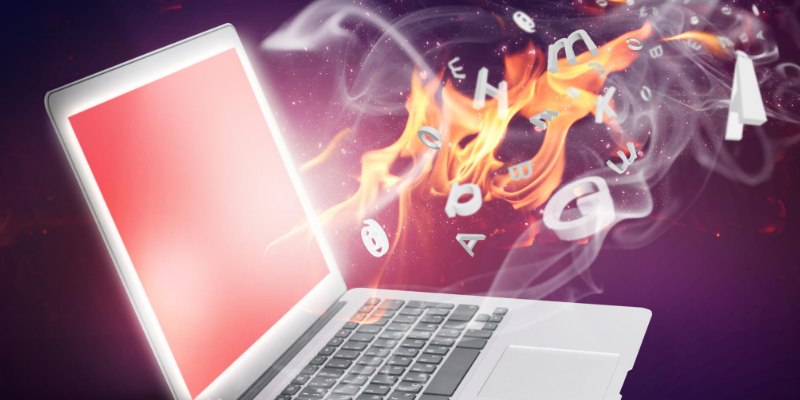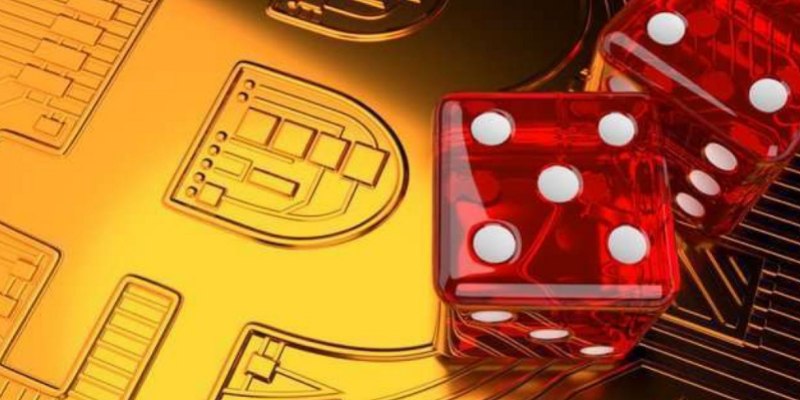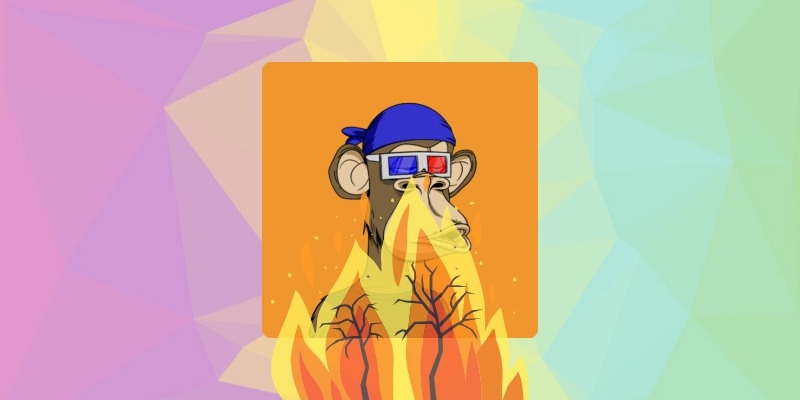If you’re asking this question, can NFTs be destroyed? then you’re in the right place! Learn the truth about destroying an NFT as I dig deep into the concept of NFT burning.
NFTs are the digital representation of an asset or token. Blockchains record the NFTs as smart contracts on adecentralized ledger. Thus, you can’t destroy an NFT once it has been minted or received.
Usually, it’s easiest and safest to simply hide the NFT on your OpenSea wallet. In fact, this is the safest step if you believe the NFT air drop is a scam. In some cases, however, some NFT collectors like to remove them entirely or burn them.
Please note, don’t interact with any NFTs that you’re unsure about it. It’s always best to hide and then forget about them.
Table of Contents
You Can’t Destroy an NFT!
The idea behind a blockchain network is to store data with maximum security and transparency. The ledger entries of a blockchain are immutable. Since NFTs exist on a decentralized ledger, you can’t delete them from the blockchain or click undo.
Though blockchain developers can access the ledger to delete specific ledger entries, that’s only available with private blockchains. A specific blockchain or software company owns a private blockchain, so the owner can only do this. Such action is virtually impossible with a public blockchain where no one owns the blockchain.
Hence, you can’t destroy an NFT once you mint or buy it. However, there are ways to get rid of an NFT that you don’t want in your software or hardware crypto wallet.
What Does It Mean to Burn an NFT Art?

The phrase “burn an NFT” means removing a specific NFT from circulation and making it unavailable for buying, selling, trading, etc.
To do that, you need to transfer the NFT to a black hole wallet or burner address. Once you send your NFT to such a wallet address, you can’t access the NFT anymore.
No one else will also be able to access it and nor the owner/developer of the blockchain network. However, the history of the NFT will still exist on the host blockchain network.
NFTs become un-tradeable in a black hole address because the private key for that wallet is lost forever. The private key is essential for transferring to another crypto wallet or selling NFTs on secondary marketplaces.
If you’re thinking of the private key reset option, that won’t work either. Because the seed phrase for NFT burn addresses are unknown or not available to anyone.
The Process of NFT Burning
So far, you must’ve decrypted the secret of NFT burning. You just need to transfer the NFT to a burn address or black whole wallet. There are dedicated burn addresses for each blockchain where people can mint NFTs. Find below the burn addresses for popular NFT blockchain networks:
- Ethereum burn address
0x000000000000000000000000000000000000dEaD
- Polygon burn address
0x0000000000000000000000000000000000000000
Some NFT marketplaces and wallets offer you one-click burn functionality. All you need to do is access the NFT you want to burn and select the Burn button located anywhere around the NFT.
For example, Sol Incinerator lets you burn Solana NFTs on its platform. As a reward, the tool sends up to 0.01 SOL to your wallet address.
Reasons to Destroy an NFT
You might want to burn your NFT to delete it from your cryptocurrency wallet. But, there are strategic and business reasons to destroy (aka burn) NFTs. Here are some reasons why creators and owners burn their JPGs.
To Increase A Collection’s Perceived Value
Unsold NFTs from a big NFT collection don’t look good. Hence, to boost collectors’ and traders’ morale, creators and project owners sometimes burn a percentage of NFTs from a collection to increase scarcity and potentially stimulate demand.
For Creating Scarcity
Big NFT projects like play-to-earn NFT games, brands, DeFi apps, etc., burn NFTs to create a scarcity of the remainder of NFT tokens.
For example, the Axie Infinity Release program lets you release or burn Axie NFTs by sending the assets to the Lunacia kingdom. In return, you get Lunar New Year land decoration items like Firecrackers, Lucky Lanterns, Traditional Snack Boxes, etc.
For Increasing the Popularity of an NFT Project
NFT projects can organize NFT events where some NFT owners will burn their NFTs to get publicity, media exposure, or physical rewards. Such events indirectly increase the popularity of the NFT project behind the scene.
To Fix Contract Issues With an NFT
If the quality assurance team of a project finds security or functional errors in the NFTs, then the creators may want to remove buggy NFTs from the market. They burn the whole collection or select NFTs from their collection. Learn more about NFT rug pulls
For Future NFT Drops
Some NFT projects drop follow-up NFTs for the existing owners. But, the owners need to burn an existing NFTs to get a whitelist spot or claim a replacement NFT. For example, in 2021 the SupDucks NFT project enabled owners to burn several of their KingFrogs NFTS for an (at the time) more valuable MegaToads.
To Exchange Digital Tokens for Physical Assets
StockX enables its users to buy and sell used consumer products from renowned brands, for example, Nike shoes. The platform sells NFTs of Nike shoes. If you buy such an NFT, you can burn it to get an actual Nike shoe.
Unisocks also follows a similar model, but for brand-new socks. You need to collect the sock NFT and then burn it to get the real sock shipped to your home.
To Gamify an NFT Project

Many NFT games use the NFT burning strategy to reward the collector with in-game points, currencies, weapons, skins, etc., in exchange for an in-game NFT burning. This use case is borrowed from traditional Web 2 games, like World of Warcraft, whereby players could combine herbs, potions and other in-game collectibles to create more powerful spells.
How Do I Get Rid of Unwanted NFTs?
If you’ve accumulated junk NFTs and now it has become challenging to manage your overall NFT collection, you can remove some unwanted NFTs. Here’s how:
- You just need to access your hardware or software crypto wallet.
- Locate the junk NFT you want to delete.
- Transfer the NFT to a black whole wallet for that particular blockchain.
Repeat the above steps for all other spam NFTs that you want to let go of. Or you can simply hide the NFT on OpenSea.
The Cost Behind Burning or Destroying an NFT
When you burn an NFT, you’re executing a smart contract on the blockchain network. For such an activity, you need to pay the gas fee. Now, you need to buy gwei, the unit of Ethereum gas, to pay as a fee.
Hence, burning an NFT will cost you the same amount you would invest in transferring the NFT to someone else. The exact dollar amount will depend on the rate of gwei when you initiate the burn order.
Undoing NFT Burning
The NFT burning process is irreversible. Hence, if you’ve followed any of the following NFT burning options, you won’t be able to bring back your digital asset:
- Use the burn feature or button beside an NFT on an NFT marketplace or wallet
- Transfer the NFT to a burn address or black whole wallet of the Ethereum or Polygon blockchain
Therefore, think twice before sending an NFT burn order through your wallet or NFT marketplace account.
Can You Burn NFTs on OpenSea?
You can also burn your NFTs on OpenSea. Here’s the process you must follow:
- Log in to your OpenSea account.
- Go to your NFT collections page on OpenSea.
- Select the NFT you want to burn.
- Click on the paper plane or the transfer button in the top right corner.
- Type in the burn address for the Ethereum blockchain mentioned earlier in this article.
- Ensure you’ve got some ETH in your wallet to pay for the gas fees.
- Confirm the transaction from your crypto wallet.


